Why are Pearls So Precious? The Process of Pearl Farming!

The fact that they are the only Jewel found in living creatures makes Pearls the most precious gem. Isn't this remarkable? Oysters unintentionally create and carry the most affectionate jewelry piece utterly adored by humans.
Unlike other gemstones such as rubies, emeralds, and diamonds, these natural pearls don't require polishing or cutting. They are naturally pure and noble to wear and beautify the aura of the person who wears them. Pearls have been used as jewelry for over 6000 years, with the most ancient records from 13th Century China. They appeal to most of the population due to their unbelievable glare, diverse qualities, and enormous value.
There was a massive decline in natural pearls in the 1800s due to over-harvesting. It directly suggests why they are extremely scarce these days. Looking at this sudden extinction of natural quality pearls, Pearl farming started to produce cultured pearls.
What is Pearl Farming?
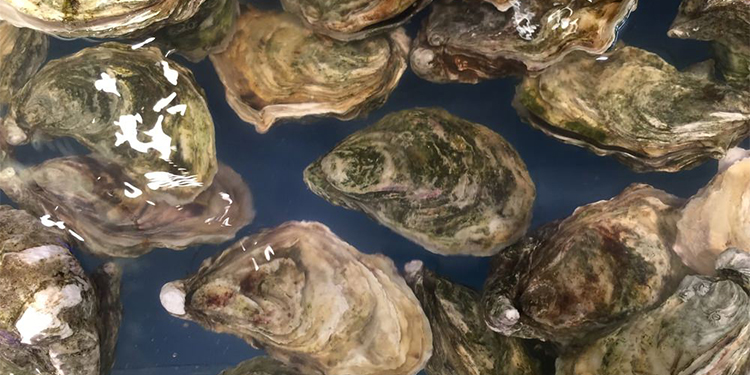
The procedure of pearl cultivation artificially carried out on a farm by pearl farmers is called Pearl farming. Both freshwater and saltwater pearls can be cultivated by practicing the right techniques. These farmers graft several pearl oysters to produce cultured pearls. Due to the scarcity of natural pearls, most of the pearls used in jewelry are cultured.
Pearl farming demands a lot of patience and takes almost three to four years and even six years to form a pearl. It is mainly because raising young oysters to initiate the nucleus takes only a couple of years. After this, the nacre formation around the irritant that forms the pearl alone is a slow process that takes a long period to structure a beautiful Pearl. Usually, small pearls develop in lesser time, and the larger ones can take much longer time, due to which they hold higher value too.
What are the benefits of Pearl Farming?
To be precise, the cultured pearl industry contributes about 99% of pearls. These pearls are extracted from oysters and freshwater mussels. Some of the advantages of pearl farming are mentioned as follows:
Low- maintenance
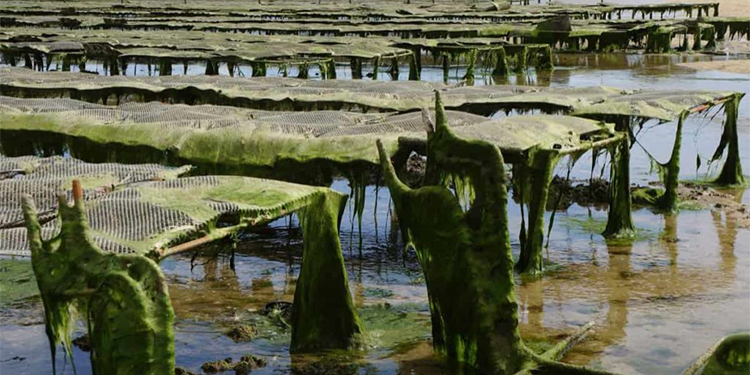
Once the farmer crosses the pearl cultivation process, cultured pearls are very easy to maintain. They are incredibly light in weight and can be kept for any time. They don't perish and always stay in excellent condition. Even after the years of its collection, they can be used in jewelry pieces like necklaces, bracelets, rings, and much more.
High market Value of Pearls
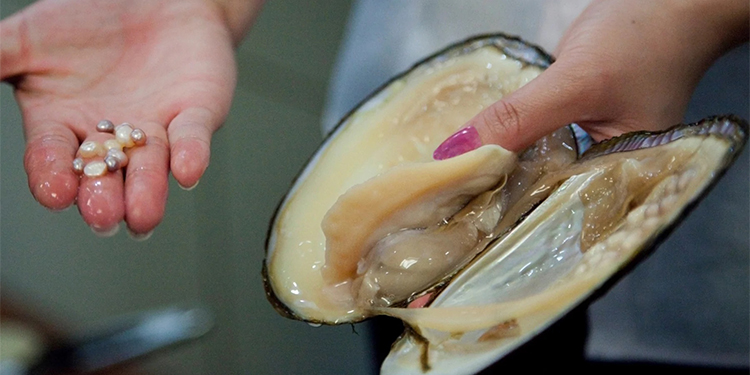
Pearls are always in demand! They are feminine jewelry, and men adore wearing them with style. Additionally, the market price of pearls doesn't fluctuate much like other jewel metals such as silver, platinum, and gold. Pearls cost thousands of dollars, depending on size, type, color, surface quality, etc.
Least Manpower Required
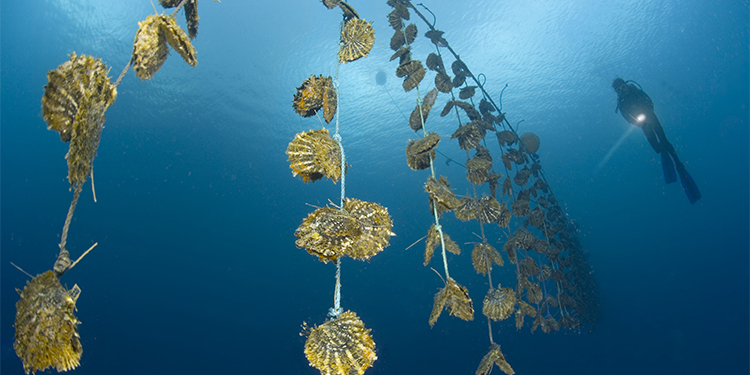
Even cultured pearl formation is a natural process and requires next to zero labor force. Most of the course takes on its own and significantly reduces labor costs.
With the proper knowledge and skills, one can quickly master the pearl industry, start a business, or get hired on a huge enterprise with good pay.
High Return on Investment

Pearl farming requires a minimum investment and a small-scale setup. All the inputs, resources, and methods required for the pearl setup are easily accessible at very lower prices. With the right guidance, you can plan the resources you need and optimize the cost accordingly. With less investment cost, the return is high for pearl culture business owners!
How to Start Pearl Farming?

Surprisingly, pearl farmers can grow over 25k oysters in a pearl farm pond as small as 0.4 ha. Of course, while starting a pearl business, farmers need to obtain oysters to initiate the cultivation. For that, they can purchase them from the market or even collect them from the sea, river, pond, etc.
There are some methods that farmers usually use for pearl cultivation. Some of them are mentioned below:
● Tahitian Longline Method
● Recirculating Aquaculture System
● Floating Rafts Method
Keep reading to learn each method in detail.
Tahitian Longline Method
The Tahitian Longline Method is an underwater farm method preferred by most farmers due to the benefits it serves. It is quite an effective strategy for protecting pearls from harsh weather extremes. The method is used in the Pacific Ocean.
Basically, under this method, the anchor is used to maintain the mainline position and buoys to keep them afloat. Moreover, this main line we are talking about holds the oysters. It is made of a strong material like nylon or polypropylene. A great deal of attention is required while placing the knots on this main line to ensure they are tight enough.
Recirculating Aquaculture System
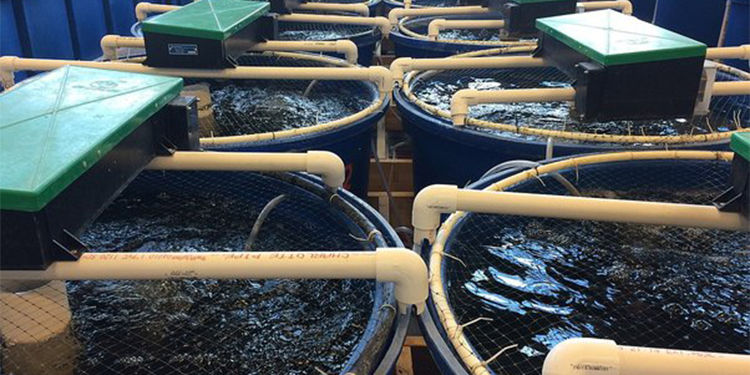
It is a highly suggestible method for those looking for a low-cost and small setup. This method can be easily practiced in a house. The Recirculating Aquaculture System consists of water circulating within the tanks and filtering out ammonium, carbon dioxide, and other solid filterable wastes. The left-filtered water is completely saturated with oxygen and can be easily used for pearl farming.
The recirculation aquaculture system is well-known not only for its convenience but also for its efficient energy and water usage. This method's rightful practice can also help fight possible diseases that directly affect pearl yield. Moreover, the method demands a feeding strategy that is greatly effective.
Floating Rafts Method
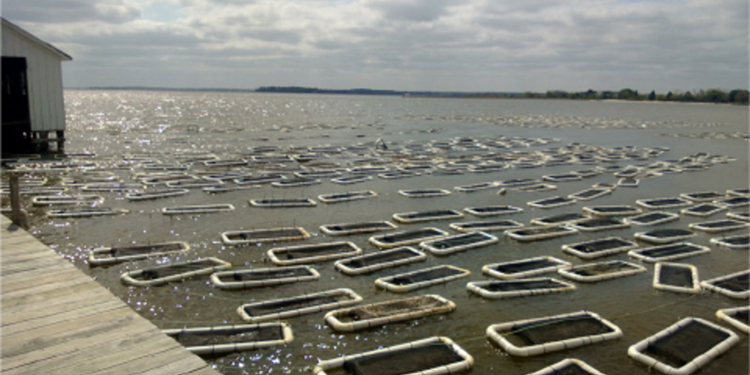
It is the most common method in Indonesia and Japan for pearl farming. As the name suggests, the floating rafts are employed to hang on the pearl-carrying oysters in the Floating Raft method. Bamboo is used to make these floating rafts. With the help of empty containers or drums, these rafts are kept on the water's surface. One of the most significant advantages of using the Floating Raft method is its stability.
What Is the Process Involved in Pearl Farming?
These days, mollusks are bred in labs by first choosing a brood stock of the healthiest ones and then reproducing in a hatchery lab by in-vitro fertilization.
After fertilization, the developed larva are provided with a microscopic algae diet for around 4 weeks, after which these develop into oyster babies. Until these babies aren't big enough to see with the naked eye, they aren't transferred to tanks and oceans for farming. When the time comes, these oysters look for a place to settle. The pearl farmers position their spat collector so that the oysters willingly fix on them. After the period of two to six months, farmers finally retrieve the juvenile oysters and settled on spat collectors.
Raising Oysters
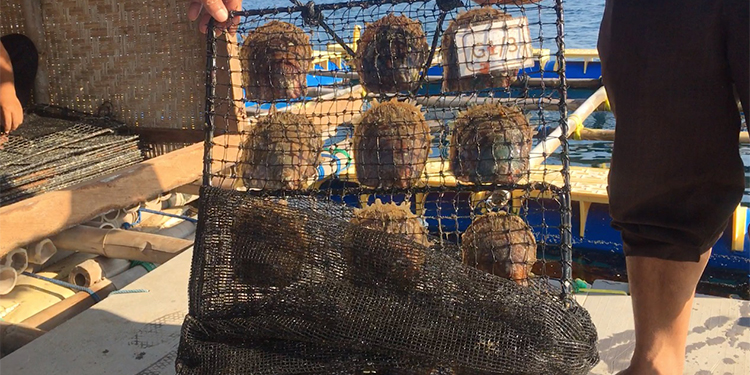
It is the very first stage of aquaculture. Under this, the young oysters removed from the spat collectors are placed inside the mesh. This mesh is protective as it shields the young oysters from predators like snails and fish.
As mentioned earlier, Pearl farming is a low-labor demanding work mainly due to the least effort it requires feeding and culturing the oysters. Oysters are filter feeders and can survive well on algae and petite organic matter already present in their environment. However, farmers should always ensure that they haven't overstocked the oysters as it will raise competition, and they won't get enough nutrition.
Although pearl farming isn't very demanding, it takes a lot of patience. After a wait of two to three years, the oysters are used for the next pearl grafting or nucleation operation. Not to forget that before this, the pearls were constantly inspected, scattered, and cleaned after every month or two.
Nucleation Process
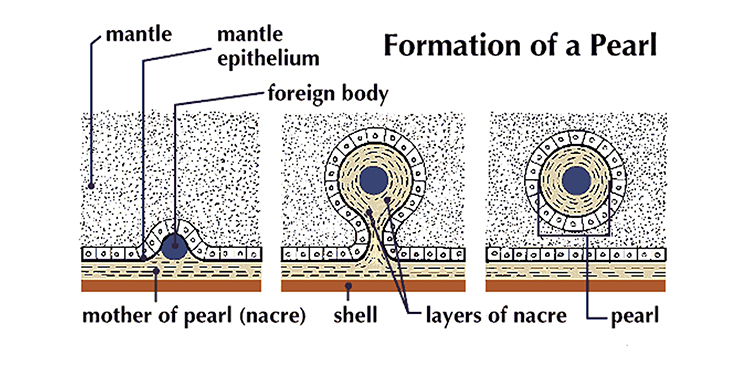
The nucleation process is entirely surgical. To mimic the natural pearl formation process, in which the foreign particle gets trapped in the oyster and forms the pearl, artificially, a foreign object is implanted. Along with this, a small piece of graft tissue formerly extracted from the mantle of the donor oyster was inserted into the recipient oyster. The implanted foreign object also called the nucleus, becomes the pearl's core, and the graft tissue will help in the pearl sac formation. The nucleus irritates the oyster and leads to the excretion of substances like aragonite and conchiolin that collectively form nacre and the pearl.
Pearl Growth
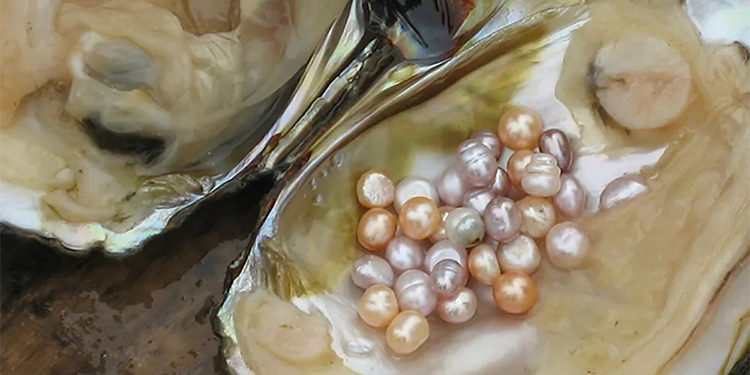
The surgical operation takes some time to heal. Generally, the nucleation process is never entirely successful. Sometimes, the oyster expels the foreign particle, and sometimes, the oyster doesn't heal from the surgery and finally dies.
The pearl formation process takes about a few months to even years depending on the type of oyster. During all this time, it is crucial to maintain complete sterile conditions for proper growth.
Harvesting
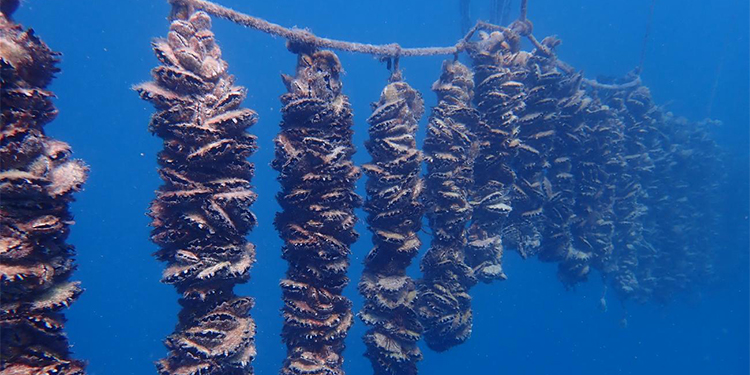
Harvesting is the last part of real pearl farming. Once the pearls are fully developed, they can be harvested easily. It isn't sure that the pearl is in its final years during the harvesting stage.
Most pearl farmers use short-lived species of oysters like Rainbow-lip and Akoya. Therefore, the farmers also harvest these oysters along with the pearls. It is pretty beneficial for farmers as from pearl to shell and meat; everything is sold after the harvesting. Talking about long-lived species like gold and black lips can be reused for pearl formation. Some oysters go through double, and some even go up to triple grafting.
A technician creates an incision into the animal's gonad and extracts the pearl with a small tool. If the pearl is as per the expectation, the technician places a new bead into the pearl sac, hoping to get a much bigger pearl in the upcoming harvest.
As many factors contribute to pearl formation, some mussels can give multiple pearls, and some won't give even one. Pearl farmers can cultivate different colors of pearls just like the ones found naturally. Although these pearls are artificially cultured, they still have a huge market value and are adored for their precious qualities.


Leave a Comment